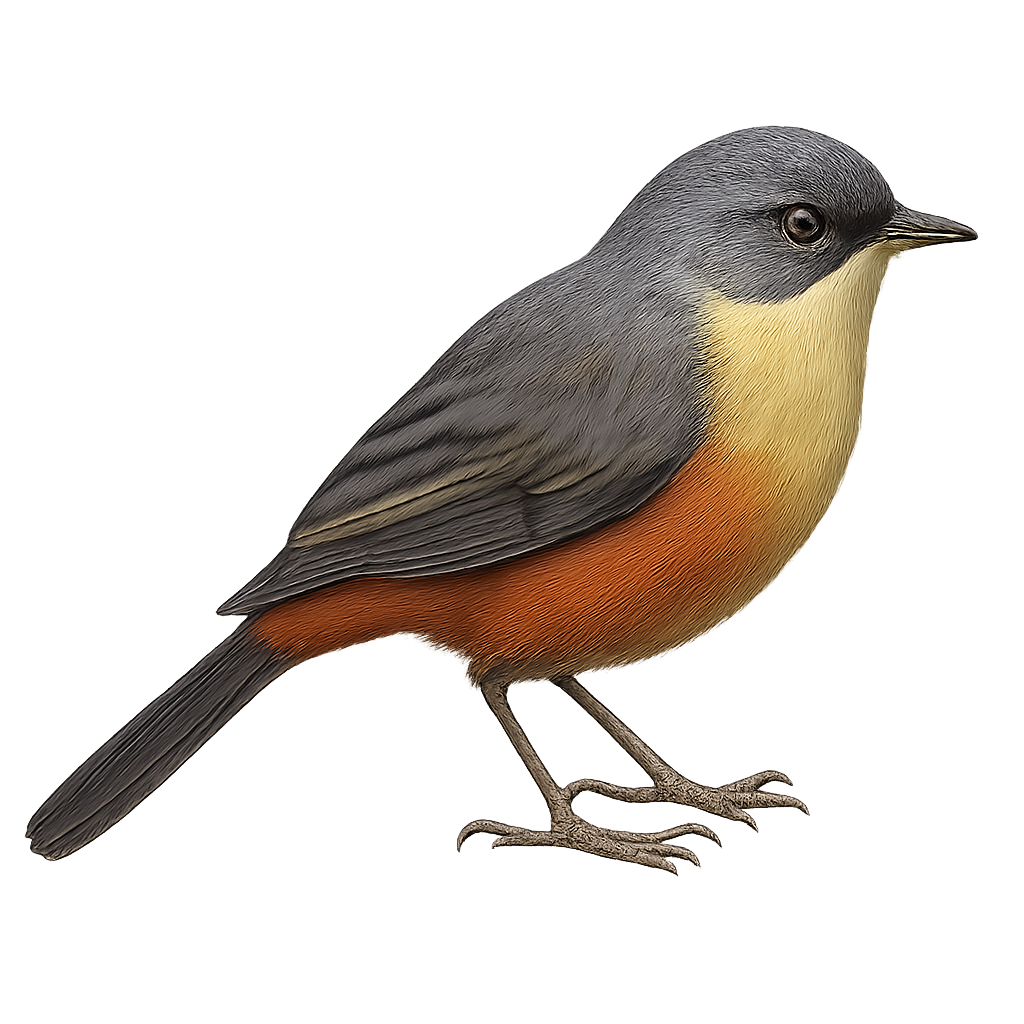Your wildlife photography guide.
Explore the buff-throated warbling finch in detail, study its behavior, prepare your shots.
Where to observe and photograph the buff-throated warbling finch in the wild
Learn where and when to spot the buff-throated warbling finch in the wild, how to identify the species based on distinctive features, and what natural environments it inhabits. The WildlifePhotographer app offers tailored photography tips that reflect the buff-throated warbling finch’s behavior, helping you capture better wildlife images. Explore the full species profile for key information including description, habitat, active periods, and approach techniques.
Buff-throated Warbling Finch
Scientific name: Microspingus lateralis

IUCN Status: Least concern
Family: THRAUPIDAE
Group: Birds
Sensitivity to human approach: Suspicious
Minimum approach distance: 10 m
Courtship display: October to November
Incubation: 13-15 jours
Hatchings: October to December
Habitat:
Moist forests, subtropical forests, tropical forests
Activity period :
Primarily active during the day, with peak activity in the morning and late afternoon.
Identification and description:
The Buff-throated Warbling Finch, Microspingus lateralis, is a bird from the Thraupidae family, primarily found in the subtropical and tropical moist forests of southeastern Brazil. It is recognizable by its distinctive plumage, with brown flanks, a white belly, and a gray head. This bird measures about 15 cm in length and feeds mainly on seeds and insects. It is often seen in small groups or pairs, actively moving through the canopy in search of food. Although its habitat is threatened by deforestation, it is currently classified as of least concern by the IUCN.
Recommended lens:
400 mm – adjust based on distance, desired framing (portrait or habitat), and approach conditions.
Photography tips:
To photograph the Buff-throated Warbling Finch, it is advisable to use a 400mm lens or longer to capture detailed images from a distance. Look for it in moist forests where it is active during the day. Be patient and discreet, as this bird is suspicious. Use a tripod to stabilize your camera and wait for it to perch on an open branch. Take advantage of the natural morning light to achieve vibrant colors and good contrast.
The WildlifePhotographer App is coming soon!
Be the first to explore the best nature spots, track rutting seasons, log your observations, and observe more wildlife.
Already 1 429 wildlife lovers subscribed worldwide

